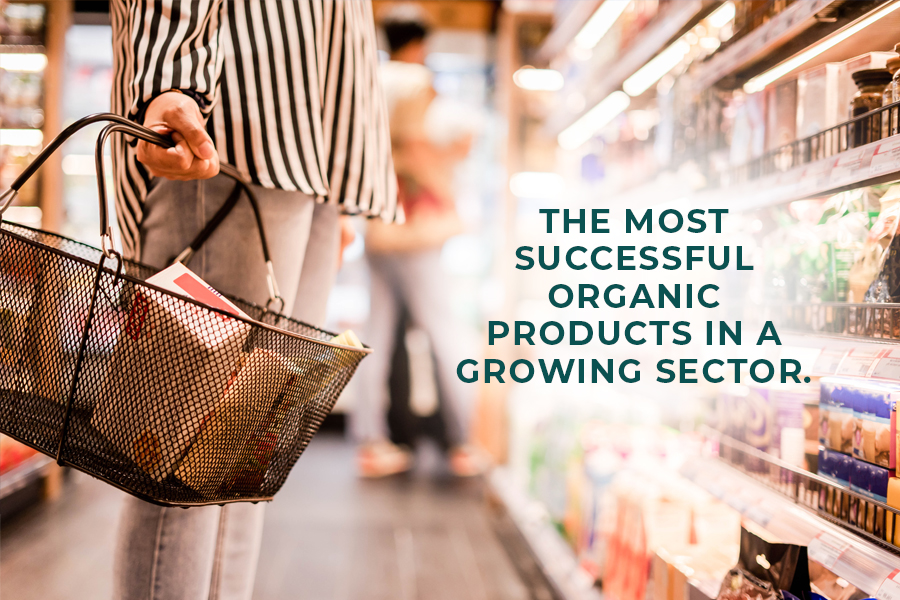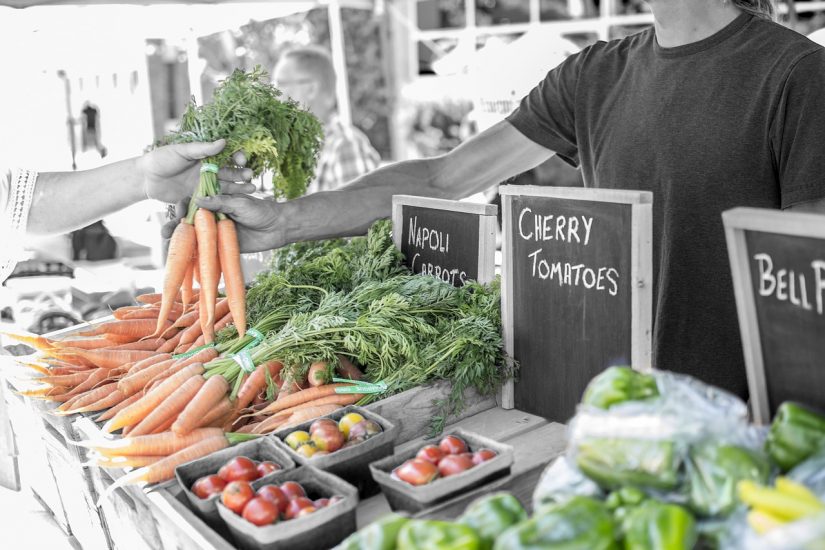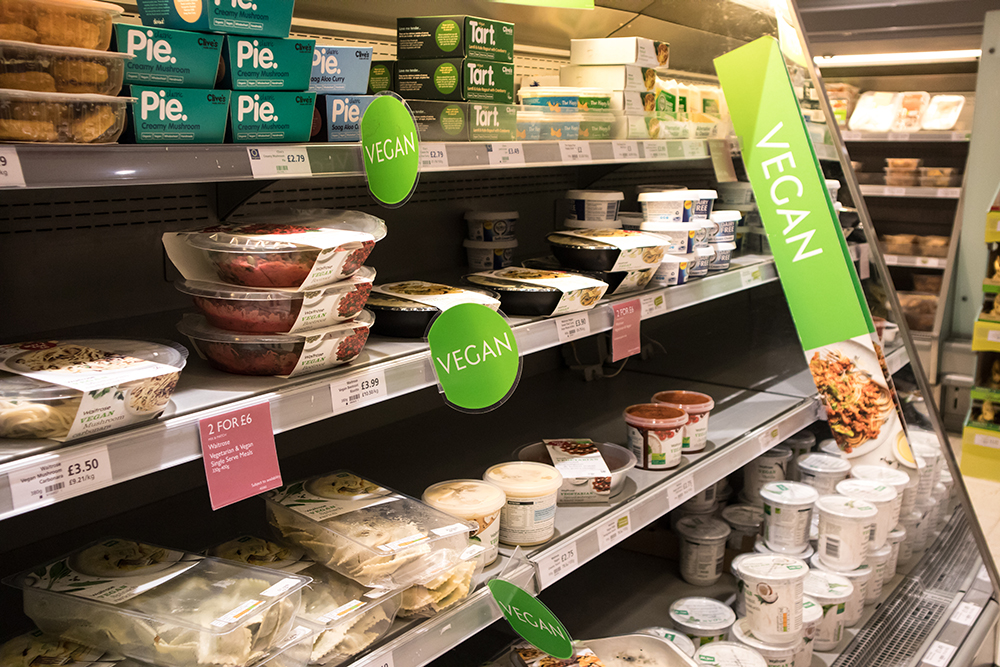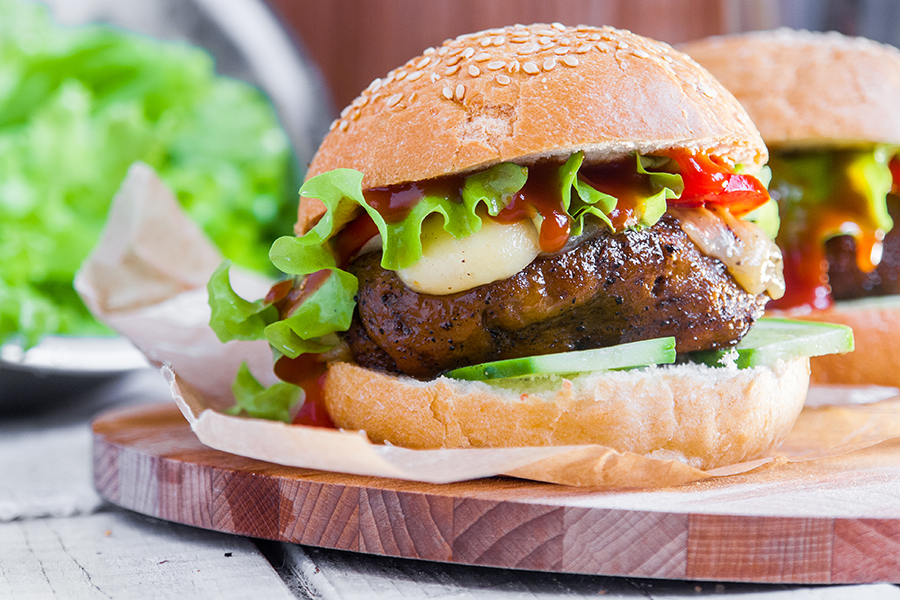The most successful organic products in a growing sector
Organic products are becoming more and more common in the shopping baskets of consumers around the world. But which categories are proving most popular in the organic goods market? We spill the beans in this blogpost!
At Organic Boosting we always keep abreast of changes in the sector. Our experts carry out all the necessary research to enable them to recommend the very best to our clients in accordance with their objectives and new product launches.
According to the 2020 Organic Industry Survey published by the US Organic Trade Association, the public is consuming more organic food and using more organic products than ever before.
‘Our 2020 survey analyses organic sales in 2019 before the Coronavirus outbreak and shows that consumers were increasingly looking for the “organic” label in order to feed their families the healthiest food possible. The pandemic has only increased our desire for clean, healthy food,’ says Laura Batcha, executive director of the Organic Trade Association.
In the North American market, both food and non-food demand exceeded the main benchmarks for organic products. Organic food sales reached $50.1 billion, while non-food organic products totalled more than $5 billion. Both sectors easily surpass the overall market growth rate of around 2% for total food sales and 3% for total non-food sales. Fruit and vegetables are the highest-placed categories in the ranking, though dairy products, snacks, natural juices and non-dairy beverages – such as those made from almond, soy, coconut, and rice – are also growing in popularity.
In the Canadian market, growth forecasts for organic product sales have already risen from 10% in 2017 to 25%, and demand currently far exceeds supply. Supply primarily comes from abroad, especially from the USA, Europe and Japan. Among the top categories that dominate the Canadian market we mainly find processed, manufactured and packaged goods, representing 80% of exports from the USA to Canada.
In Latin America, the range of products on offer is smaller and demand is divided between supermarkets and small local markets which meet the needs of clientele with a strong environmental commitment. In addition, supermarkets in Peru, Uruguay, Brazil, Argentina, Costa Rica and Honduras regularly offer a wide variety of oils, flours, honeys, wines and teas, among other things, on their shelves.
According to Ecovia Intelligence, the global market for organic food and beverages is growing between 8% and 10% annually. The Asian market is growing at a slightly higher rate – around 15% a year. Leading the charge is China, which has shown a big increase in demand for organic products over the past 10-15 years, followed by Japan, South Korea, India and Taiwan.
Around the world, consumers’ concerns about possible situations that could affect food safety has resulted in a major boost for organic food which, thanks to its Standards and Certifications for Organic Products, provides greater guarantees. In addition, consumers are increasingly aware of organic production methods and how these differ from more conventional production methods which tend to employ agrochemicals to increase output and reduce costs.
Without a doubt, the organic food market in Southeast Asia, which is constantly growing, presents great opportunities for European produce. Singapore, Thailand and Indonesia are the top-three markets in terms of size and future prospects within the organic sector. Organic products that form part of the Mediterranean diet are considered by many in Asia – especially younger city-dwellers with medium to high purchasing power – to be healthy and hip.
In the Middle East and Africa, the organic food market is expected to post a CAGR (Compound Annual Growth Rate) of approximately 3.1 during the 2020 to 2025 financial perspective period. This data is supported by an increased demand for organic food products, the growth of organic livestock, and an increase in investments for the development of new products with an organic label. Cereals and grains represent the bulk of market demand in the Middle East thanks to a growing awareness of their high nutrient level and health benefits.
The UAE’s total agricultural imports reached 13.3 billion in 2018. The Emirates imports 80% of its food and agricultural products, worth $1.2 billion.
It is difficult to accurately estimate which organic products are being imported in higher quantities to the UAE since, due to a lack of Harmonized System (HS) codes assigned to organic export products, export data for organic products is limited. The UAE Ministry of Climate Change and the Environment does not collect data on specific items being imported into the region. However, a steady increase in demand for natural and organic products is anticipated.
We hope this blogpost has provided you with useful information about which categories of organic products are enjoying the most success around the world. If you’d like to learn more, do not hesitate to contact us. We will be more than happy to help.
Sources: Ministry of Agriculture, Fisheries and Food, Plan for the Promotion of Ecological Agriculture of the Junta de Andalucía, the US Organic Trade Association, Ecovia Intelligence, Asia Pacific Food Industry, Organic Produce Network.






